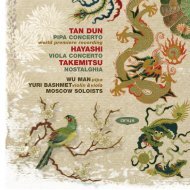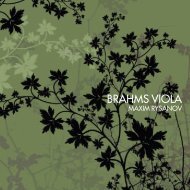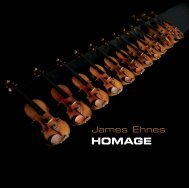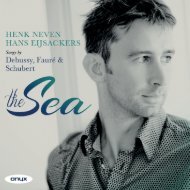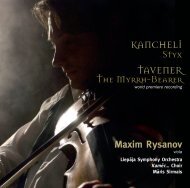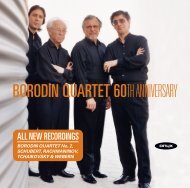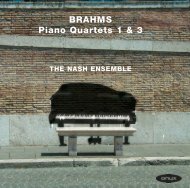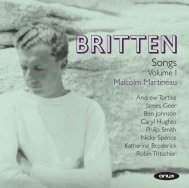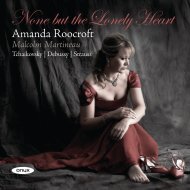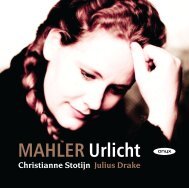Untitled - Onyx Classics
Untitled - Onyx Classics
Untitled - Onyx Classics
You also want an ePaper? Increase the reach of your titles
YUMPU automatically turns print PDFs into web optimized ePapers that Google loves.
“More corn than gold,” was the cruel put-down of the American critic Irving Kolodin after hearing thepremière of the opulent Violin Concerto by Erich Wolfgang Korngold (1897–1957), played by JaschaHeifetz. Korngold was 50 and his life had already mirrored some of the major political and socialupheavals of the 20th century. “Fifty is old for a child prodigy,” he said, wryly looking back on theunpredictable and, to him, ultimately unsatisfying course that his life and music had taken.Success came early. At 10, Mahler declared the child prodigy a genius. The middle name of Wolfgang,bestowed by a pushy, over-protective father, seemed inevitable at the time, forward-looking ratherthan presumptuous. The Vienna Court Opera presented Korngold’s precocious pantomime DerSchneeman (The Snowman), written when he was eleven. Operas and symphonic works flowed fromhis pen before he was twenty. His music was taken up by the likes of Kreisler and Flesch, Schnabel andCortot, Tauber and Lehman, Weingartner and Walter. It was crowned by Die tote Stadt (1916–20),which became one of the most performed operas of the 1920s, reaching more than 80 stagesworldwide. Korngold’s success was defined by his operas and his operatic writing came to define hisown musical style.In 1934, with Europe increasingly becoming a dangerous place for a Jewish composer, Korngold wasdrawn to Hollywood. “I never drew a distinction between music for films and for operas or concerts,”he said. A favourable contract with Warner Bros. followed and for the next twelve years Korngoldcomposed seventeen major film scores, including two Academy Award winners. Now, Korngold’scommand of the late romantic musical vocabulary and his fluency in underscoring dramatic narrativeblossomed from the stage into a medium that reached millions. Nostalgia, fantasy and escape werekey ingredients of the Hollywood movies of the 1930s and 1940s and Korngold’s music captured themood of the times to an extraordinary degree. Perceptively, Korngold had negotiated to keep his owncopyright in his music written for Hollywood — and this was to prove crucial when he came to writethe Violin Concerto.From the last of his film scores, Deception (1946), starring his favourite actress, Bette Davis, Korngoldextracted his Cello Concerto. It was concert music of a sort he had consciously ignored while exiledfrom Vienna. His Violin Concerto, too, turned inward to the lush melodies and plush orchestrations heknew so well from his work in the studios. It opens with a glorious melody that captures the very soulof the violin itself. It is borrowed from the music he wrote for the film Another Dawn (1937). Thesecond theme is no less lyrical and nostalgic, drawn this time from the historical epic Juarez (1939).The sweetly singing violin line was a good fit for the work’s earliest champion, Heifetz, who gave the



